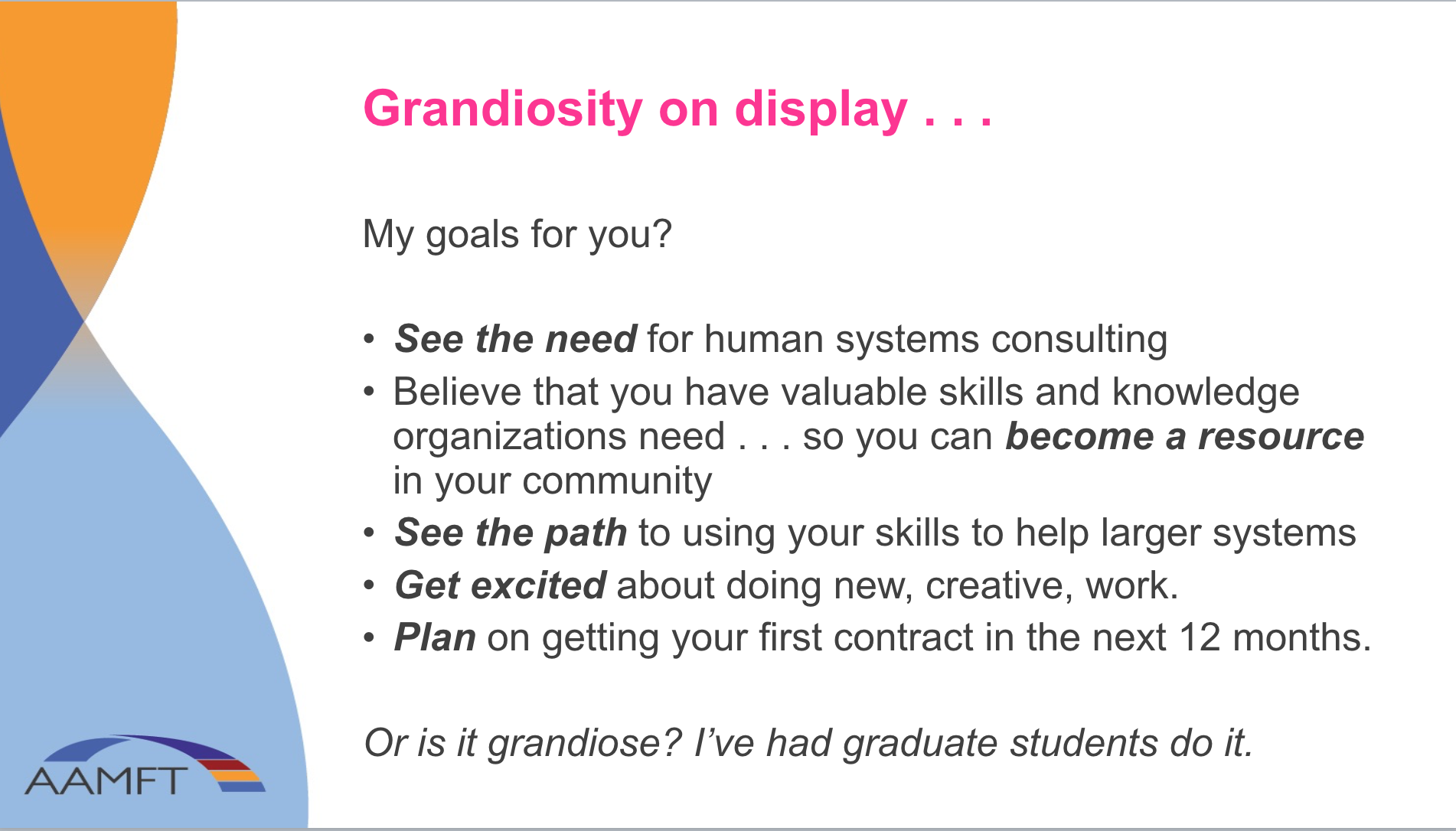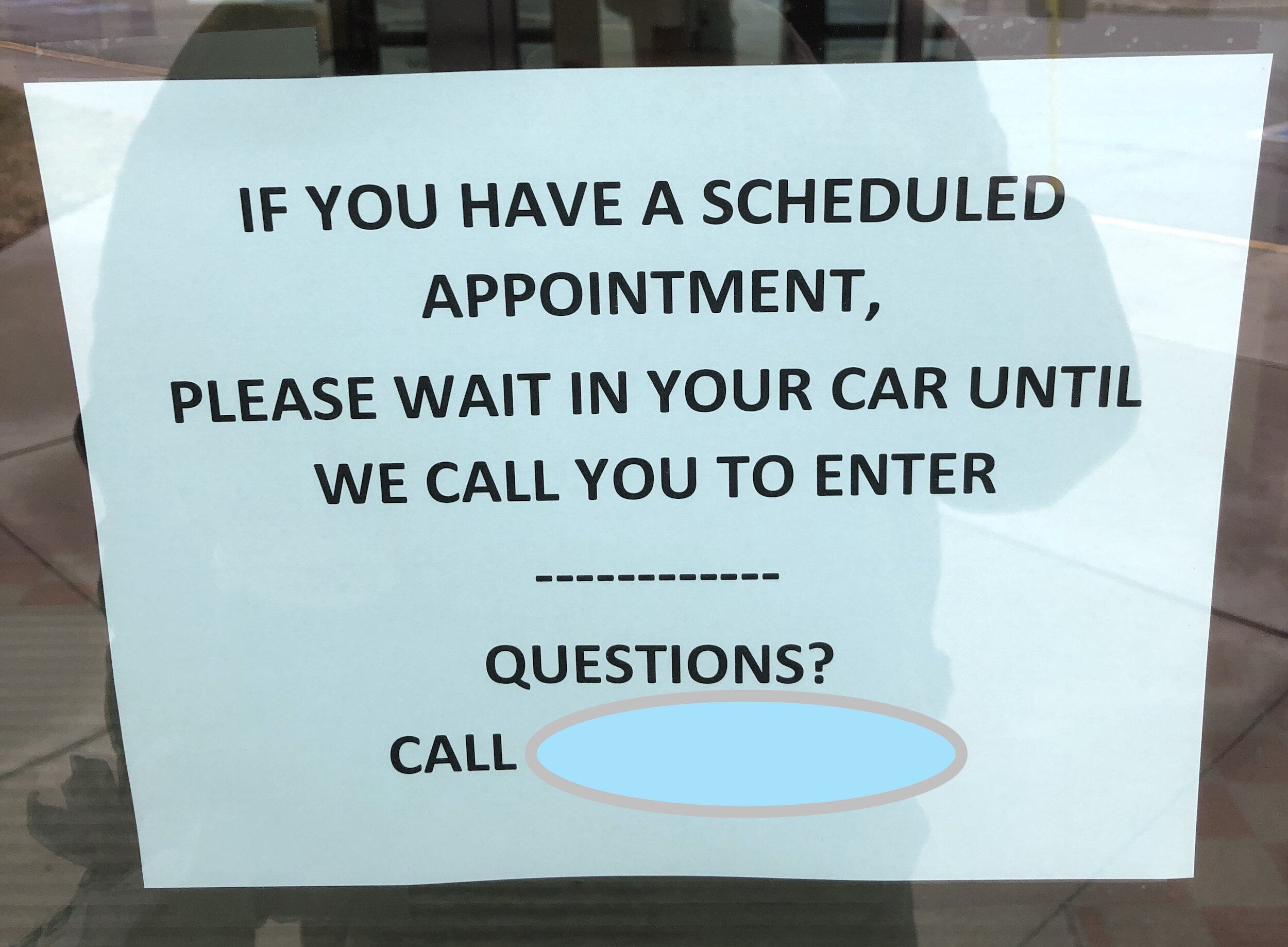Opportunities . . . to Help . . . sometimes Come from “Strange”. . . or Rather . . . “Stranger” Places
Serendipity. I think that’s what it’s called.
It is always interesting to see how opportunities to help organizations present themselves. Often it is through a direct contact with a leader. But not always . . . sometimes it is through a blog post, and the action of a “stranger” . . . a reader, you have never met, who happens to be connected to someone in your circle . . . as it did this past summer.
Rekindling Friendship
Recently, I was sitting at a mexican restaurant in Missouri, catching up with some high school/college friends. Later, they showed me the recent damage from a tornado and flooding in their town, and I got to be in their home and meet their son. It was a great reunion of old friendship . . . and brought about through the pages of this blog. I’ll explain in a minute . . .
In my years of posting content, I regularly check the analytics to see what readers are interested in reading and how the readers “behave” when they come to the website. Many visitors click on links “About Us” and “Contact Us,” and/or download content, like our free ebooks, but only a minority actually reach out with a comment, question, or inquiry. Most, I suspect, prefer to sit back, glean what they can from the posts and that is good enough—which is fine and one of the reasons to continue posting so that people can benefit from our journey. Thus analytics, in leu of personal contact, becomes the indicator of what you, the reader, want for content in our posting. I admire those confident readers with the courage to reach out— connecting with “thought leaders” or those who have traveled “the road” before them—and I can tell you that the times that I personally have reached out to experts in areas I am interested in, I have universally “walked away” from those contacts feeling encouraged and enlightened. I personally need to do it more. Maybe I’ve just been lucky, but for those who reach out to us I want the experience to be just as helpful and inspiring.
But back to the opportunity raised through the blog post . . .
A Reader, a Coworker . . . and my Friend
So, the friend, the one that I had supper with in Missouri, has been a regular follower of our blog. He has commented at times, sent me notes through LinkedIn or Facebook, and we have stayed loosely connected through the “grapevine” of our mutual contacts, as well as occasional times we were in the same place at the same time.
None the less, I was surprised when this friend, “old friend,” contacted me asking about the possibility of HSC doing some training for the Bureau.. I use the descriptor of “old” because the most significant time we had spent together was over 30 years ago (we had gone to camp together, then junior college, and college, before our paths parting ways).
The most interesting thing to me about this opportunity was—here is where the serendipity is involved—my friend was not the one recommending HSC and promoting us to do the training! One would expect that it was a person contact, like my friend, who might recommend your services as a provider. But, although I guess our personal relationship played some role, he was not the original “spark” that lit the fire.
Serendipity . . . or . . . operating in Reverse
As my friend tells it, he received an email from his boss with one of our posts attached. The post, called “Mistakes . . . Vulnerability . . . and Developing a Good Product,” was sent to the entire division. My friend, contacted his boss and said, “How did you get this? I know the author.” It turns out that a different manager, who was also a reader of our blog had sent the blog post to the boss, suggesting it be sent out to all the employees, which included my friend, and the boss did exactly that—sent it out, prompting the inquiry from my friend. Operating in “reverse” from how opportunities usually develop.
Is this replicable? Probably not. At least not to the degree that an organizations needs to fill it’s “pipeline” of work. But it highlights one very important principle: Do things because you value helping others—not simply because it is good marketing, sales, or produces a billable hour. Recently, I had this conversation with a professional in Atlanta that I am coaching. I reminded her that it is best to focus on helping not getting a signed contract. Why? Well, first of all, you can’t make someone buy something they don’t really want. Secondly, if you are only in it to make money for yourself, then it is likely that you will be frustrated and the client will have a barrier (you) to getting help even if they really want and need it.
Case in point: I once was on a committee to purchase a electronic records system for four agencies. One vendor, had flown into Omaha for a follow up to his original presentation— essentially making the “first cut” and entering “round two",” must have gotten frustrated at not having “sold” us in the first round. During the second presentation he began to complain about having to return a second time—talking about the pressure he was feeling, the hardships of coming back for the second presentation, how his wife didn’t like it, it took him away from his family, etc. This was so off-putting—even to a room of sympathetic therapists—that his product, which going into the presentation was our number two choice, became immediately a “no go.” The sale—ultimately worth over $1 million—was lost . . . because his behavior made is seem that it was about the sale not about helping us get the right fit for our four organizations.
You need to trust that your efforts to help will “come back to you” in expanding the scope of your value and ultimately will lead to work with organizations! This “give it away first” is a common theme in the on-line entrepreneurial world today. But, to me it is just good practice . . . help when and where you can and don’t focus on selling. Trust that if you provide value then opportunities will come.
The Training
A note about training. I love doing training. If done well, it lowers the bar, for employees to learn. It avoids the natural defenses and poor coping skills displayed in trying to intervene in a more direct way. It invites experimenting and play. Yes, ultimately, to make real changes you have work to do, but a good training can often open the door to the willingness to approach the harder work in a positive and healthy way.
For those readers interested in the training details . . . it was delivered in a six hour-workshop format on site. Our training focus is on promoting the actual practice of good teamwork—and this workshop was no different. This is important! Teams need practice. Few teams are significantly impacted by a lecture on teamwork. (see post: Training Should be like Music Lessons)
Attendees engaged in practicing teamwork through attempting tasks such as defusing “bombs” through heightening their communication skills and strengthening their interactional processes. This entertaining process avoids long lectures about what good teamwork is in favor of training the actual skills—much like practicing the piano or guitar—so that teams have an awareness of what it takes to be a productive part of a team and have practiced the skills.
We have done this training several times and in different market segments—with non-profits, groups of professionals, for profits, and this time, would be with a government department. Each team is unique and each group brings different levels of preparedness. All teams, however, benefit from revisiting and training on the skills of effective team work.
Often, problems encountered in teams are due to normal—or abnormal—human actions or behavior but intervening, successfully, in these human systems is complex. What one team members sees as an attempt to help is seen as interference or undermining. Defenses get put up. Blame is passed around. Team members try to decipher who is right/wrong and to whom they owe loyalty. It can become quite a destructive mess—and often all for good reasons of loyalty, protecting, problem solving, etc.
Trainings . . . the HSC way!
To make an impact, HSC training are designed to focus on three things.
Building on sound research. Bryan, the founder of HSC,, has a background in research and trainings are developed with sound methodology and processes.
Refining skills in an interactive setting. A team is only as good as the collective team member’s skills.
Deep understanding of human systems. Simply because a system is more than the sum of it’s parts. Placing all the components of a iPhone in a box doesn’t result in an iPhone.
What effects do our trainings have on work teams? The trainings . . .
Raise awareness of the skills needed for high team performance
Identify barriers to skill acquisition and achievement.
Promote a strengths-based approach to growth
Sometimes our training is part of an overall consulting project (See what we do: Organizational Behavioral Consulting). But at other times it is a stand-alone activity to bolster the functioning of a team.
The greatest value however comes in the providers of the training. A couple of years ago we did part of one of our trainings for a leadership conference. Afterwards, a consultant, who works in the insurance industry, mentioned that they would like to learn to do the training we did that day. I told her that I would be happy to share our resources and support her learning to deliver the training, but what I could not duplicate was the experience of having trainers who have been in leadership positions for 20+ years and who have very advanced training and experience in human systems. This is after all where the real value lies . . . in being able to apply it to real teams.
The very thing that she found most valuable—how the presenters engaged the trainees—was likely to be the exact part missing if the training were replicated. She understood. We shared the resources and she made it a goal of using HSC, and our training, in her future work where needed.
HSC’s limited availability for stand-alone trainings means that we are currently scheduling for next year. Interested parties can check for availability by contacting us.























































